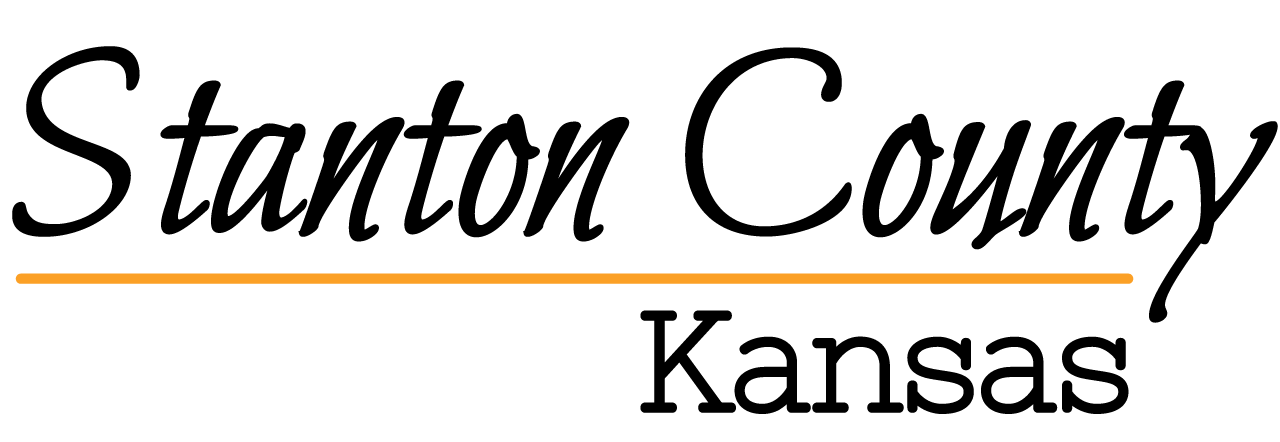What is Personal Property?
A key characteristic of personal property is the ability to move it without damage either to itself or to the real estate to which it is attached. Personal property becomes real property only if it is affixed in such a way that it loses its original physical character and cannot practically be restored to its original condition.
Personal property may be leased, loaned, rented, consigned, or owned. The basic categories include: business furniture, fixtures, plant equipment, office equipment, machinery, boats, aircraft, mobile homes, and recreational vehicles.
What is Individual Personal Property?
Many Personal Property assets belonging to individuals are valued from market data using appraisal guides and state and regional market sources. This market data is then used to establish the current value of a particular asset. Typically, this value will be based on current trade-in values according to the age of the asset and market condition.
Examples of individual personal property that is to be reported to the County Appraiser are:
- Boats (inboard, outboard, sail, pontoon, etc)
- Jet Ski
- Vehicles (non-highway title, vehicles tagged with 16M or more weight)
- Trailers (utility, boat, car hauler, box, etc)
- Off-road vehicles (3 or 4 wheelers, golf carts, mopeds, dirt bikes, snowmobiles)
- Camper trailers/Travel trailers (those not qualifying as RV's)
- Aircraft & Hangers
- Mobile Homes (if the title to the mobile home is different than who has title to the land it is located on)
Automobiles, light trucks, and motorcycles are classed separately by the State of Kansas.
What is Commercial Personal Property?
The valuation of owned or leased commercial personal property is based on the cost of assets. Assets are valued according to their cost when new, or their used acquisition cost, and the appropriate economic life. The asset is then depreciated over its economic life to a remaining salvage value.
Since June 30, 2006, any qualifying item of commercial personal property with a retail cost when new of $1500 or less is exempt. Commercial and Industrial Machinery and Equipment purchased after June 30, 2006 is exempt.
How are taxes figured on Personal Property?
If the fair market value of your individual personal property is $5000 and if the assessment rate is 30%, this would mean the assessed value would be $1500 ($5000 x .30 = $1500).
Once taxing groups (school districts, cities, county, hospitals, etc) have finalized their budgets, these amounts are used to set the mill levies for each taxing district and calculate taxes.
Let's assume the combined mill levy (tax rate) has been set at 120 mills. Multiply the assessed value of your property ($1500) by the mill levy (120 mills or .120). This amount equals $180, which is your share fo the costs of public services.
Kansas Department of Revenue - Personal Property Forms and Information

